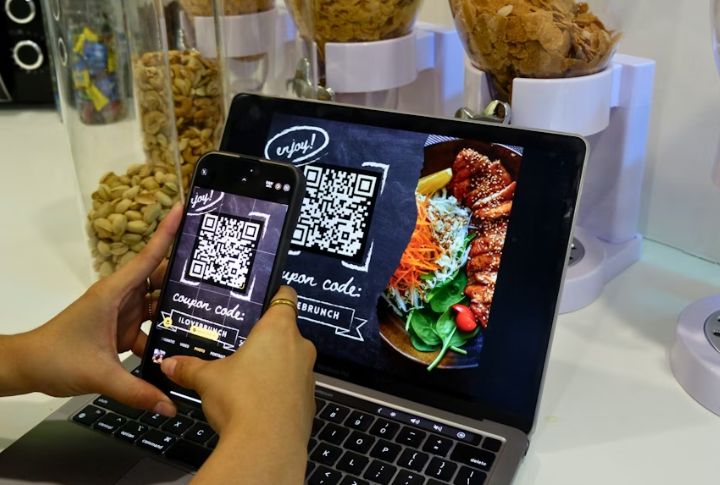
Black Friday never settled into one style. Its pace, attitude, and atmosphere shifted as new groups shaped it, turning a single shopping day into a mini-timeline of changing habits. The tradition grew alongside everyone who joined in, leaving stories that reveal as much about people as bargains. Stay with it and watch the shifts unfold.
Boomer Mall Rush Rituals
For Boomers, Black Friday felt like stepping into the holidays overnight. Malls shimmered with fresh decorations, families walked in together, and the excitement came from being physically present. They shopped this way because deals lived only in stores, shaping Black Friday as a loud, shared ritual long before digital shortcuts replaced the gathering.
Gen X Parking Lot Battles
Nothing captured Gen X Black Friday energy better than the parking lot chaos. The hunt for a space demanded quick judgment, as missing it threatened every deal inside. Their determination intensified the culture around arriving early, and that competitive atmosphere helped push retailers toward earlier openings long before online shopping overtook the struggle.
Millennial Doorbuster Strategy
Millennials brought a different style, treating Black Friday like a puzzle worth solving. They examined opening schedules, plotted routes, and aimed at electronics because planning delivered better results than wandering crowds. Their approach nudged Black Friday toward a more information-driven format and set the stage for the digital generation, who simplified everything through phones.
Gen Z Digital Dominance
Gen Z barely glances at store entrances since their version of Black Friday unfolds entirely on screens. Flash drops, app alerts, and instant checkout guide their decisions, making the mall unnecessary. Their habits completed Black Friday’s shift into the digital world and replaced physical urgency with a quiet speed that fits mobile culture.
Coupon Clipping Vs Promo Codes

Paper coupons once ruled the day, and older shoppers sorted them carefully because savings required physical proof. Today’s shoppers skip scissors and let promo codes or extensions do the work instantly. The contrast reveals how preparation changed from manual effort to digital ease, reshaping how people approach the same hunt for bargains.
Generational Tech Adoption Curve
Black Friday didn’t move online overnight. Boomers and Gen X warmed to digital tools slowly as trust grew gradually. Millennials adopted e-commerce early and blended it with store visits. Gen Z skipped the transition entirely. This progression explains how technology pulled the event from mall corridors into browsers and apps.
Retailer Tactics Across Eras
Retailers adjusted as generational habits evolved. Traditional doorbusters, extended hours, and noisy announcements worked when shoppers filled malls. Later, countdown clocks, flash sales, and email blasts became essential because younger shoppers lived online. Every shift shows stores responding directly to how each generation preferred to hunt for deals.
Generational Memory Of Scarcity
Upbringing shaped urgency. Boomers and Gen X grew up with moments when supplies truly ran out, so their instincts pushed them to grab items quickly. Millennials balanced both scarcity and abundance, while Gen Z expects frequent restocks. These differences explain why Black Friday triggers urgency for some and calm selectiveness for others.
Generational Patience Thresholds
Patience looked different across eras. Older shoppers accepted slow lines and turned waiting into part of the experience. Younger shoppers expect quick responses from websites and abandon them the moment things lag. This contrast shows how convenience shaped new expectations and accelerated Black Friday.
Symbolic Evolution Of Warrior Vs Ninja
The “warrior” spirit belonged to earlier shoppers who battled crowds with endurance and visibility. The “ninja” image fits modern buyers who slip through digital deals quietly and swiftly. Together, these identities trace Black Friday’s journey from noisy, physical effort to sleek, silent online action, perfectly echoing the title’s metaphor.

